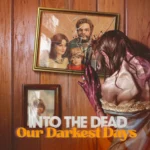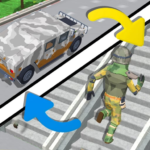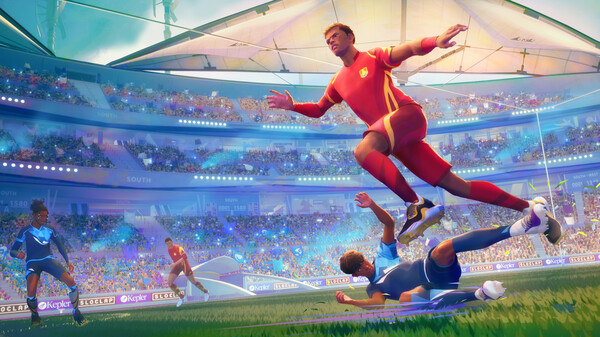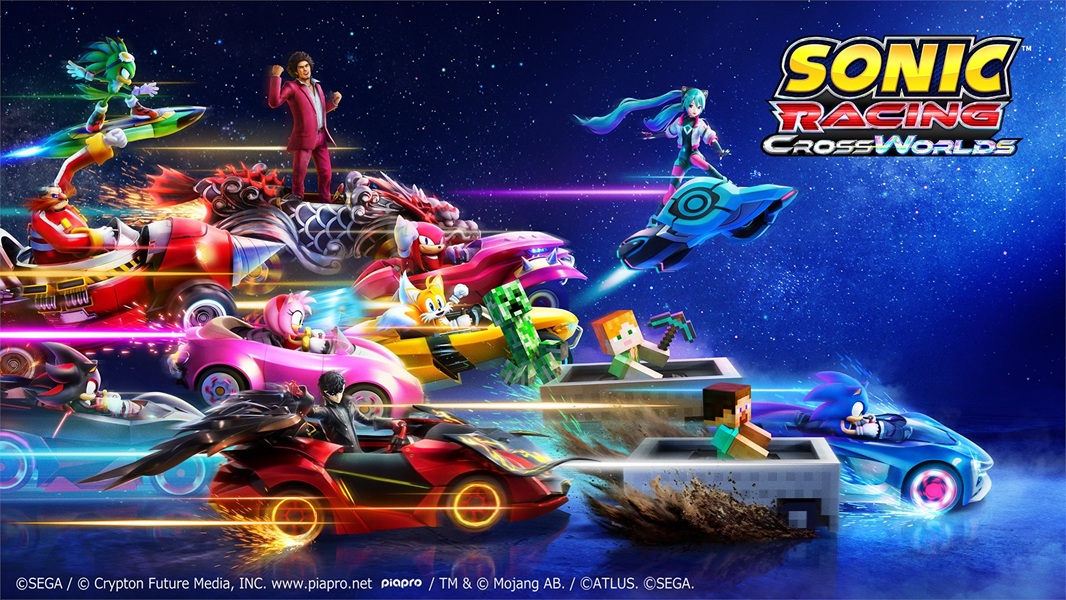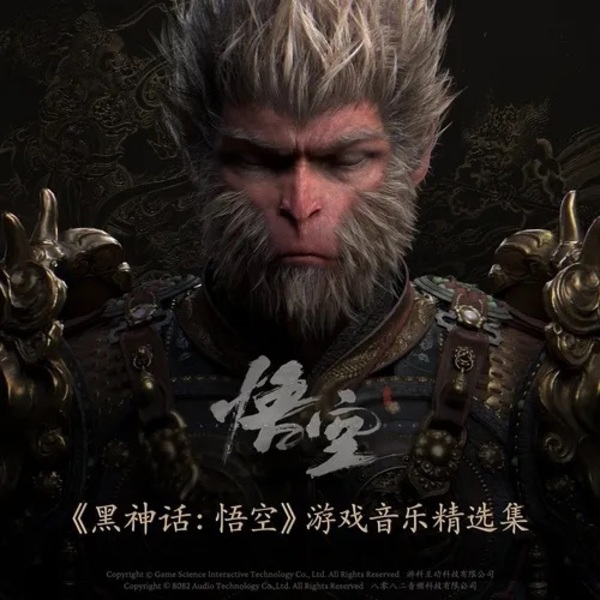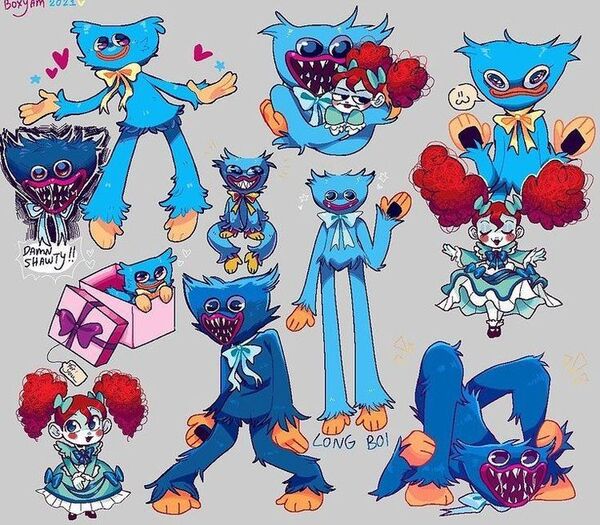League of Legends, often simply referred to as "League" or "LoL," is more than just a game; it's a global esports titan, a cultural touchstone, and a meticulously crafted digital sport that has captivated hundreds of millions of players since its full release on October 27, 2009. Developed and published by Riot Games, it stands as the undisputed king of the Multiplayer Online Battle Arena (MOBA) genre. At its core, League of Legends pits two teams of five players, each controlling a unique "champion," against each other on a symmetrical map, aiming to destroy the opposing team's central structure, the Nexus. What sounds simple on paper is, in practice, an intricate dance of strategy, teamwork, mechanical skill, and split-second decision-making, offering an endlessly deep and rewarding (and at times, infuriating) competitive experience.
The Dawn of MOBAs: Forging a Genre
League of Legends emerged from the fertile ground of custom maps within
Warcraft III, specifically "Defense of the Ancients" (DotA). Riot Games, founded by Brandon Beck and Marc Merrill, saw the immense potential of this nascent genre and aimed to refine it into a standalone, polished, and accessible game. They took the core concepts of hero control, item progression, and base destruction, and iterated upon them, focusing on a more streamlined user experience and a vibrant, diverse roster of characters. The game's free-to-play model, allowing anyone to download and play, proved to be a revolutionary move that significantly contributed to its explosive growth. Riot's commitment to consistent updates, community engagement, and fostering a competitive scene transformed League of Legends from a promising startup into a global phenomenon, setting the standard for online competitive games for over a decade.
The early days of League were instrumental in shaping the MOBA genre as we know it. Riot's willingness to listen to its player base and rapidly iterate on gameplay mechanics and champion designs created a dynamic environment that players eagerly embraced.
Core Gameplay: The Strategic Dance of Summoner's Rift
The primary battlefield in League of Legends is
Summoner's Rift, a three-lane map bisected by a river and surrounded by a "jungle" area. Two teams, Red and Blue, face off, each with their own base containing a Nexus, guarded by turrets and inhibitors. The fundamental gameplay loop revolves around:
- Champion Selection: Before each match, players select from a roster of over 160 unique champions, each with distinct abilities, playstyles, and roles (e.g., Tank, Mage, Assassin, Marksman, Support). This pre-game strategy is crucial, as team compositions can heavily influence the outcome.
- Laning Phase: Players typically split into predefined lanes (Top, Mid, Bottom) and the Jungle. They "farm" gold and experience by killing "minions" (AI-controlled units that march down lanes) and engaging in skirmishes with enemy champions. The goal is to gain an advantage in resources and power.
- Jungle Control: The "jungler" role focuses on defeating neutral "monsters" in the jungle between lanes, gaining buffs, gold, and experience. They also "gank" (surprise attack) enemy lanes to help their teammates secure kills and objectives.
- Objective Control: Throughout the game, teams vie for control over strategic objectives like turrets, inhibitors, and powerful neutral monsters like Dragons and Baron Nashor. Securing these objectives provides significant team-wide buffs and pushes to destroy the enemy Nexus.
- Teamfights: As the game progresses, smaller skirmishes evolve into larger, coordinated "teamfights" where all five champions from each team clash. Positioning, ability usage, and target prioritization are paramount in these chaotic yet decisive moments.
The ultimate objective is to destroy the enemy Nexus. This requires systematically pushing through lanes, destroying turrets, taking down inhibitors (which empower allied minions), and often securing pivotal teamfight victories.
The Laning Archetypes:
- Top Lane: Often occupied by durable champions (tanks, bruisers) focused on sustained combat and splitting objectives.
- Jungle: Roaming champions who farm neutral monsters and gank lanes, controlling the map.
- Mid Lane: Typically mages or assassins, high-damage champions focused on burst damage and map rotations.
- Bot Lane (ADC): A "Marksman" champion, focusing on ranged auto-attacks for sustained damage, paired with a "Support."
- Bot Lane (Support): A champion focused on protecting their ADC, providing crowd control, healing, and vision for the team.
Game Modes: Variety Beyond the Rift
While Summoner's Rift is the flagship competitive mode, League of Legends offers several other modes to provide different gameplay experiences:
Summoner's Rift: The Competitive Heart
This is the standard 5v5 map for both ranked and unranked play. Ranked queues (Solo/Duo and Flex) offer a competitive ladder system where players climb through tiers (Iron, Bronze, Silver, Gold, Platinum, Emerald, Diamond, Master, Grandmaster, Challenger) based on their performance. This is where the core strategy and mechanical skill of League are most profoundly tested.
ARAM (All Random, All Mid): Pure Teamfighting Fun
Played on the
Howling Abyss map, ARAM is a single-lane 5v5 brawl where players are assigned a random champion. There's no laning phase or jungle, just constant teamfights. It's a quick, chaotic, and often hilarious mode perfect for casual play and practicing teamfighting skills without the pressure of a full Summoner's Rift match.
Rotating Game Modes: Limited-Time Experiences
Riot Games frequently introduces limited-time game modes that offer unique twists on League's mechanics. These often return based on player popularity:
- URF (Ultra Rapid Fire): Features massively reduced cooldowns, unlimited mana, and increased attack speed, leading to incredibly fast-paced, ability-spamming madness.
- Nexus Blitz: A smaller, faster map with randomized mini-games and events that occur throughout the match.
- One For All: All five players on a team play the same champion, leading to wild and often hilarious synergies.
- Arena: A newer 2v2v2v2 mode where teams fight in a series of rounds on a small map, gaining augments (temporary power-ups) between rounds. This mode has recently seen a return and significant popularity.
These rotating modes provide a refreshing break from the intensity of Summoner's Rift and allow players to experiment with champions and builds in a less stressful environment.
Graphics and Sound: Stylized Artistry and Iconic Audio
League of Legends employs a
distinctive, stylized art style that balances readability with appealing character designs. While not aiming for photorealism, its visuals are vibrant, colorful, and highly polished.
- Clarity in Chaos: The art direction prioritizes visual clarity, especially in busy teamfights, ensuring that important abilities and effects are easily discernible.
- Champion Diversity: Each of the 160+ champions has a unique visual identity, thematic elements, and detailed animations that reflect their abilities and lore.
- Cosmetic Customization: The game's extensive collection of "skins" (alternative champion appearances) provides a vast array of visual themes and effects, often transforming a champion's base look entirely.
The sound design is equally iconic and integral to gameplay.
- Distinct Ability Cues: Every champion's abilities have unique sound effects, crucial for identifying what's happening on screen, even if you can't see it directly.
- Positional Audio: Helps in understanding where enemies are and where sounds are originating from, adding a layer of tactical information.
- Voice Acting: Each champion features extensive voice lines, adding personality and lore.
- Memorable Music: The game features an evolving soundtrack, with epic orchestral scores for major events and login screens, contributing to the game's grandeur.
Controls and User Experience: Precision and Customization
League of Legends is primarily played with a
mouse and keyboard, offering a high degree of precision and control.
- Point-and-Click Movement: Players navigate their champion by clicking on the terrain.
- Ability Hotkeys: Abilities are bound to Q, W, E, R, with summoner spells on D and F, and items on 1-7. Quick reflexes and precise key presses are paramount.
- Highly Customizable Settings: Players can remap keys, adjust camera movement, fine-tune interface elements, and set various casting options (normal cast, quick cast, quick cast with indicator) to suit their preferences.
- Accessibility Options: Riot Games has introduced various accessibility features over time, including colorblind modes, adjustable UI scaling, and options for reducing visual clutter.
The user interface provides a wealth of information, including mini-map, scoreboard, item shop, and champion stats, all designed to be highly readable while providing critical information at a glance. Mastering the controls and effectively utilizing hotkeys is a significant part of the game's skill curve.
The Ecosystem: Esports, Lore, and Community
League of Legends is not just a game; it's a vast ecosystem.
- Global Esports Juggernaut: LoL esports is one of the largest and most professional in the world, with regional leagues (LCS, LEC, LCK, LPL, etc.) culminating in major international tournaments like the Mid-Season Invitational (MSI) and the World Championship ("Worlds"). These events attract millions of viewers, feature multi-million dollar prize pools, and have dedicated stadiums and fanbases.
- Rich Lore and Universe: Riot Games has invested heavily in expanding the lore of Runeterra, the world of League of Legends. This includes animated series (Arcane), comics, short stories, cinematics, and spin-off games, all contributing to a rich narrative universe that deepens players' connection to the champions.
- Passionate Community: League boasts a massive, engaged, and incredibly passionate global community. While this can sometimes manifest as toxicity (a common criticism), it also fosters camaraderie, creativity (fan art, cosplay), and a shared love for the game.
Monetization Model: Free-to-Play, Cosmetic-Driven
League of Legends operates on a
free-to-play model. The game itself is free to download and play, and all champions can theoretically be unlocked through gameplay by earning "Blue Essence." However, this is a slow process, and most players will eventually opt to buy "Riot Points" (RP), a premium currency, with real money. RP is used to purchase:
- Skins: The primary revenue driver. These are purely cosmetic alterations to champions, ranging from simple recolors to complete model, animation, and voice-over overhauls.
- Champions: While earnable, many players buy new champions with RP for immediate access.
- Chromas: Color variations of existing skins.
- Emotes & Icons: Cosmetic expressions and profile pictures.
- Battle Passes (Event Passes): Seasonal progression systems offering various cosmetic rewards through gameplay and premium unlocks.
- Loot Boxes (Hextech Chests, Orbs): Grant random cosmetic items or currency, often tied to events.
Crucially,
all purchases are cosmetic and do not offer any gameplay advantages. This ensures competitive integrity and means that a player's skill, not their wallet, determines victory on the Rift.
Conclusion: A Decade-Plus Reign of Strategy and Skill
League of Legends stands as a testament to the enduring appeal of competitive multiplayer gaming. Its intricate design, constantly evolving meta, and vast roster of champions ensure that no two matches are ever truly alike, offering near-infinite replayability. While the learning curve is notoriously steep and the community can sometimes be challenging, the depth of strategy, the thrill of perfectly executed teamfights, and the aspiration of climbing the ranked ladder keep millions coming back. Riot Games' commitment to content updates, a robust esports ecosystem, and a growing lore universe cements League of Legends not just as a game, but as a living, breathing digital world that continues to define competitive gaming. For those willing to invest the time and embrace the challenge, the rewards of mastering the Rift are profoundly satisfying.



![Roblox – Dead Rails [Alpha]](https://lootjudge.com/wp-content/uploads/2025/07/logo-1-150x150.jpg)


